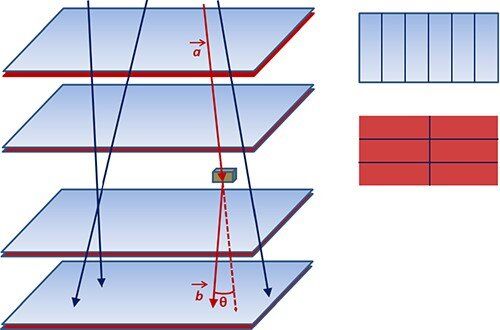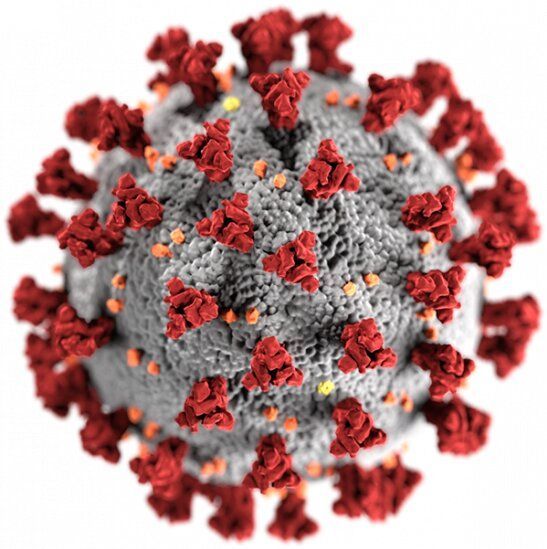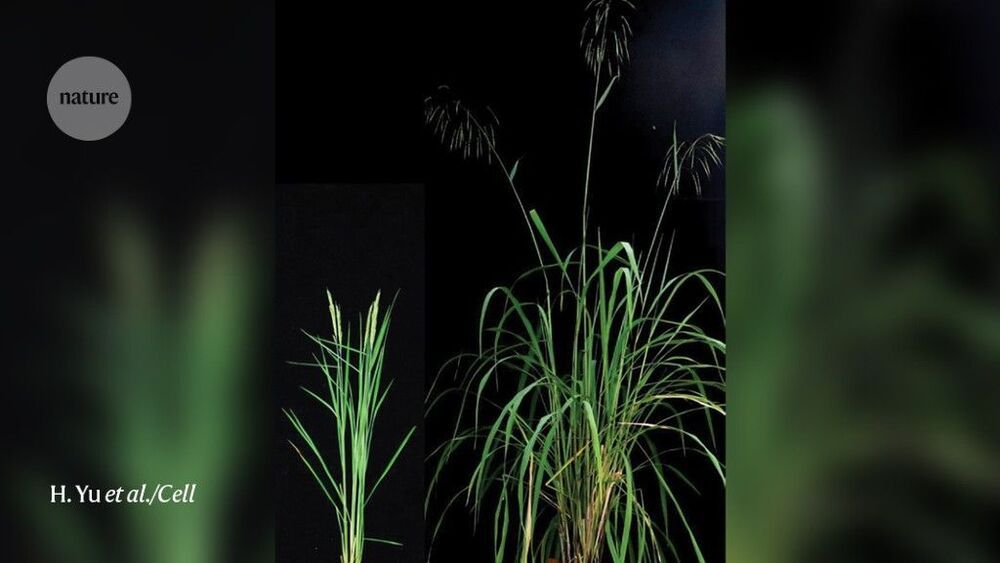Feb 6, 2021
First images of muon beams
Posted by Saúl Morales Rodriguéz in category: particle physics
A new technique has taken the first images of muon particle beams. Nagoya University scientists designed the imaging technique with colleagues in Osaka University and KEK, Japan and describe it in the journal Scientific Reports. They plan to use it to assess the quality of these beams, which are being used more and more in advanced imaging applications.


















